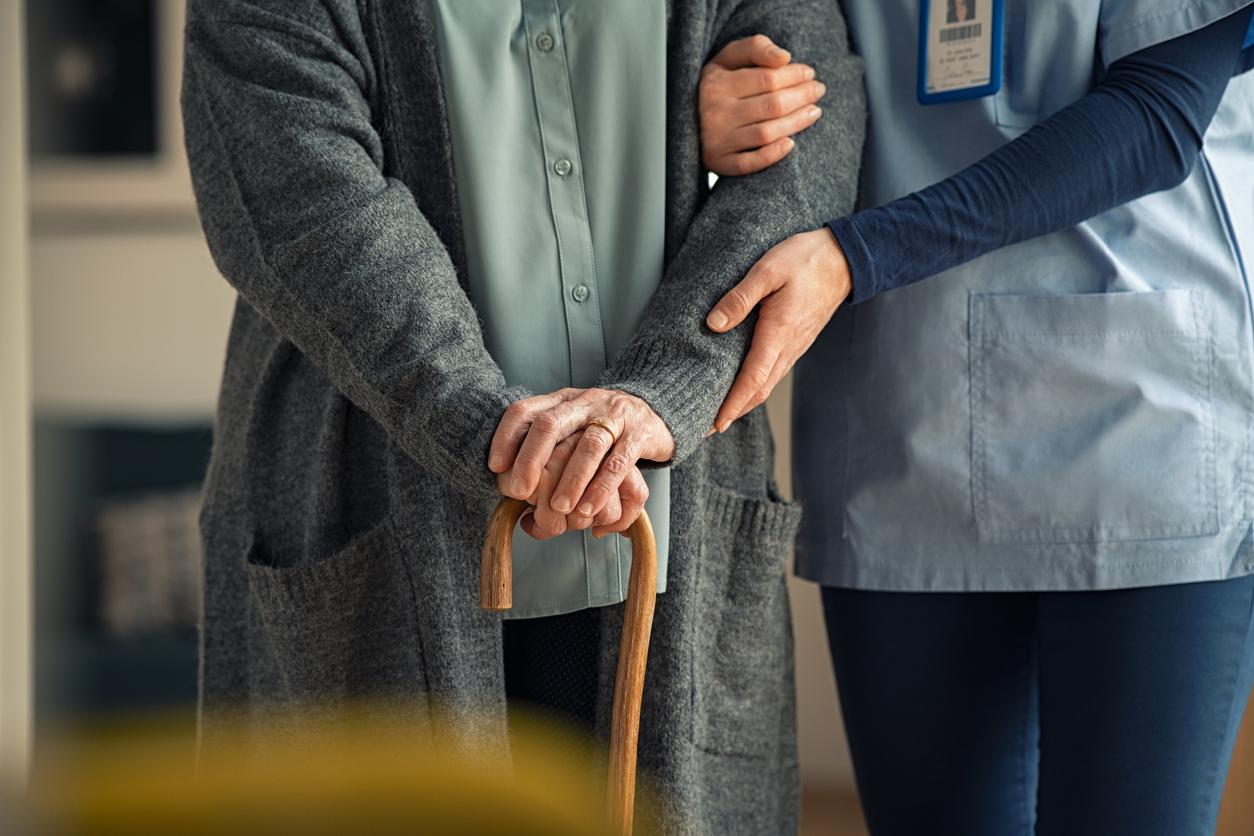The harm reduction and addiction associations are calling for the implementation of needle exchange programs in prison.

Promises are binding only on those who believe in them, it is said. Those involved in risk reduction believed in it, for a long time, very strongly; their disappointment is up to their expectations. “Are we naive,” they sigh. Syringes in prison, provided for in the health law, are not for today, let it be said. Promised for years, this measure which aims to prevent infections and mortality among drug users in detention has once again been buried. Drug addicts in prison will continue to use their Bic pen to prick themselves.
Because that is precisely what is happening now. The image was sent with a press release, bringing together associations of users, risk reduction, addiction and health professionals in prisons *. It is accompanied by an evocative caption: “This is what you inject yourself with in detention”.

The myth of instant weaning
But the file remains tainted with moralism and ideology, to which is added the sling of prison guards. “Once again, the management of the prison administration, well supported by its supervisory ministry, has accomplished its recurring work: sabotaging the process leading to the establishment of syringe programs in prison”, deplore the authors of the press release. .
To date, the arbitrations of the Ministry of Justice and the Prime Minister do not take into account the syringe exchange programs, which would make it possible to collect used syringes and provide users with clean equipment. Not because “it’s a party”, but because the risks they take by injecting themselves with products using traditional methods are too high.
Thus, scientific studies continue to demonstrate the effectiveness of these harm reduction programs, in prison as elsewhere.
“Nobody even dares to assert that there are no drugs in prison,” the associations continue. Drug users are in prison and do not have access to all of the HIV and hepatitis prevention and care systems available in an open environment. The entry into prison of the drug injector or the miracle of instant withdrawal … “
“Old reactionary aunt”
No weaning, in fact, but improvised equipment and injections on the lower parts (leg, foot, femoral artery…), concealable under clothing, but in the most dangerous areas. “The damage is terrible and the prison administration turns a blind eye”, deplore the authors, who warn of the risks for the populations concerned.
The authors therefore ask for the application of the health law, which provides for these programs; they demand that they be properly implemented by the Ministry of Health, and not by the DAP (Directorate of Prison Administration).
In the end, they don’t quite give up hope. “Risk reduction in prison is possible. International experiences prove it and as with consumption rooms, France will one day cease to be the old reactionary aunt of drug policy ”.
* HELP; APSEP (Association of Health Professionals Exercising in Prison), ASPMP (Association of Sectors of Psychiatry in Prison Environment), ASUD (Self-Support Association for Drug Users), Addiction Federation, OIP (International Prison Observatory), Sidaction, SOS Hepatitis , TRT5 (Interassociative Treatment & Therapeutic Research Group).
.

















